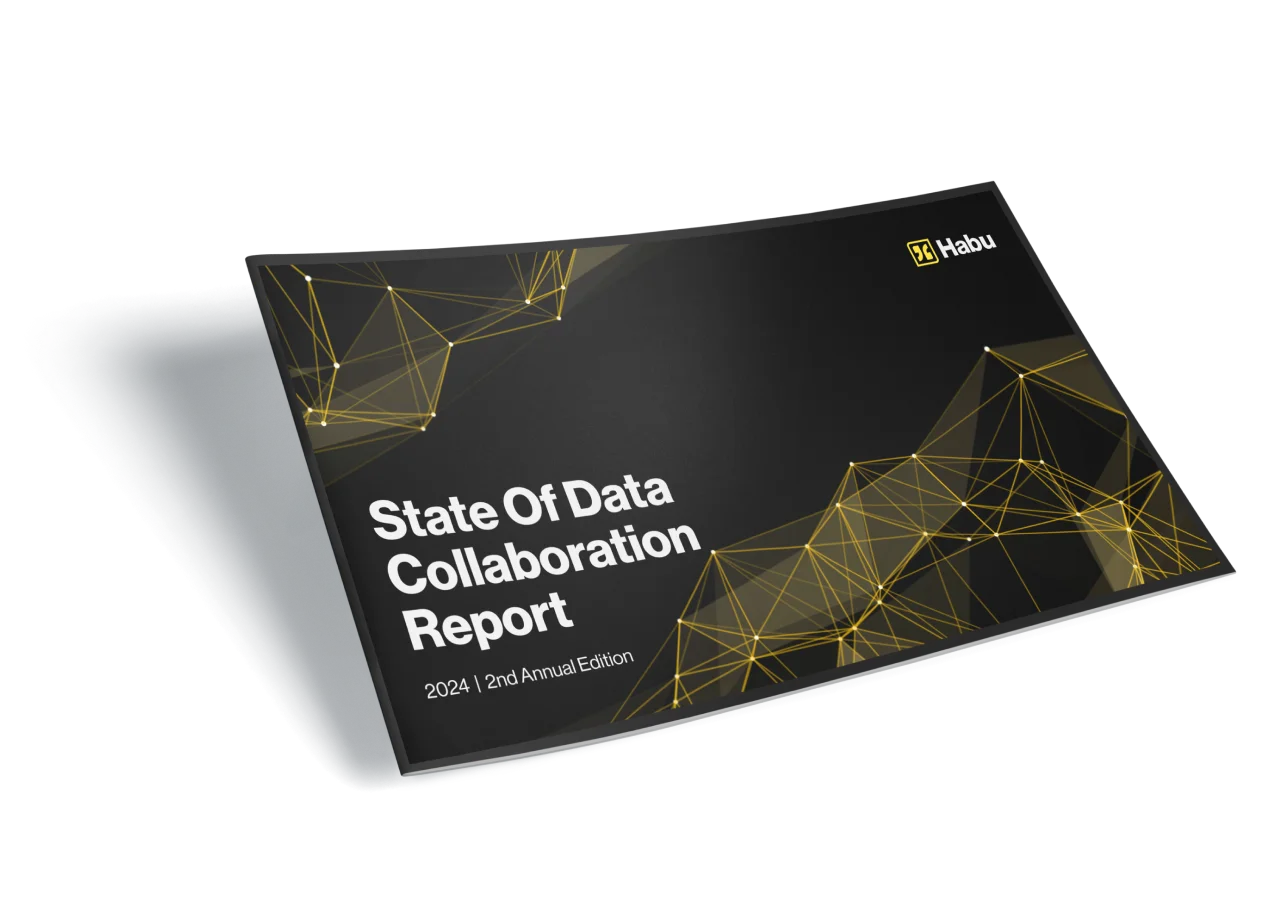There’s a remarkable convergence going on in the world of data science. Two game-changing technologies, data clean rooms and artificial intelligence, both in the midst of rapid growth, are now enabling and accelerating each other’s advancement. For enterprises, the effects will be profound, with streamlined data management and model training for AI/ML teams on the one hand, and simplified data collaboration for both data scientists and business users on the other.
This powerful interplay of technologies is made possible by the rise of modern data clean rooms and the emergence of generative AI. On a foundation of multi-cloud interoperability, high levels of automation, and advanced privacy and security controls, modern data clean room platforms now enable the acquisition and enhancement of data and the model training and tuning at the heart of AI/ML workflows. At the same time, modern data clean room vendors are leveraging generative AI capabilities to dramatically simplify collaborative data analysis.
Generative AI is set to reimagine data collaboration
The most advanced data clean rooms are already deeply involved in incorporating generative AI features in their platforms. Our Chief Product Officer, Matt Karasick, explored the potential benefits in a recent blog post. Matt outlined three key ways in which generative AI will enhance the data collaboration experience, particularly for business users, who will gain transformative new capabilities they can access with natural language commands.
Powered by generative AI, Habu will enable customers to:
- Expand the range of your queries. Ask your AI assistant not just to code your queries for you, but to suggest new and relevant queries (and alerts) that you may not have thought of. Have the AI further refine its suggestions over time based on your business objectives, KPIs, and available datasets.
- Simplify and scale automation. As data clean room users deepen their data collaboration practice, they typically find new use cases and insights they’d like to leverage. Have your AI implement these new use cases by writing code, configuring templates, and handling privacy and governance issues for you and your partners.
- Train and tune your AI assistant. Develop your own proprietary, context-aware AI models based on both internal and partner data. Enable your AI to better understand your market, your competitive product positioning, and your interactions with partners in order to deliver unprecedented insights.
Data clean rooms streamline AI/ML workflows
On the flip side of this convergence, data science teams are discovering all the ways in which a modern data clean room can streamline and optimize AI/ML workflows. In an era of decentralized data and privacy-first mandates, data science teams tasked with aggregating and preparing training data benefit from a data clean room solution that enables critical access to large datasets via multi-cloud interoperability, extensive automation, and all the requisite security and privacy safeguards.
These core features empower customers with three critical data science capabilities:
- Enrich first-party data. Data scientists can leverage third-party data from numerous sources to build high-quality training datasets without needing data engineering skills. Quickly and easily work with multiple clean rooms at scale.
- Easily spin up clean rooms. Teams can seamlessly deploy the privacy-preserving clean rooms they and their partners need for data enrichment — and for model training — directly within the clean room environment.
- Leverage unprecedented simplicity. Data scientists can accelerate their workflows while business users can operate clean rooms on their own and gain access to third-party data, thus democratizing access to data and insights.
The most advanced data clean room solutions, such as Habu’s, go even further in enabling AI/ML tasks. Habu enables data scientists to:
- Run containerized code. Enrich data with machine learning models and advanced compute in a secure environment. Leverage image recognition, machine learning, fraud detection, and other techniques to extract deeper insights from data.
- Power machine learning workloads. Simply and efficiently run ML workloads that are not containerized. Use the resulting data to train and output models, or bring in a trained model to draw inferences.
- Distribute insights at scale. Create templatized queries for use across datasets — and across multiple clean rooms, organizations, and accounts. Leverage a simple natural language framework that enables business users to find reports and trigger runs with custom parameters.
Across all these capabilities, it’s clear that data clean rooms and AI are mutually complementary. Each adds transformative benefits around simplicity and use case enablement to the other. And capturing those benefits is simply a matter of selecting the right data clean room vendor.
Learn more how data scientists can leverage Habu to transform DataOps.
Habu leads the industry
Habu data clean room software enables the world’s largest brands to leverage the power of data collaboration across a much broader universe of data and use cases, uncovering insights that fuel better business decisions and speed time to value. With unrestricted interoperability, extensive automation and orchestration, and an intuitive interface, Habu data clean room empowers companies to accelerate transformation and seize market advantage.


